As a multifaceted business with an equally multifaceted client base, you might find yourself wondering how on earth you’re supposed to cater to more than one audience with just one webpage.
We’ve learned over the years that most businesses struggle with this—including us!
Luckily for you, we’ve also learned how to hone a website’s focus to avoid neglecting one audience…or worse, overwhelming all of them.
Here are five ways to target your (multiple) audiences with your website:
1. Know your goals
Communicating with more than one audience requires you to know the goals you have for each group. In the best case scenario, try to have the first step be the same for each group—Book a Call, Request a Quote, etc. Ask yourself this: When a potential customer lands on my website, what do I want them to do?
If you need to split your audience into two paths, start by writing out your objective for each group and use your visual presentation and copy to show the paths toward working with you.
2. Research your competitors
If your competition is trying to reach the same demographics, how are they doing it? Research your competitors and assess whether they are striking the balance you are looking for or not. Maybe they’ve stumbled upon a message that works for them that you could improve upon for your messaging.
Get started with these steps:
- Look at their social media platform and get clues by viewing the type of people who regularly like their posts.
- Take note of what content gets the most response and interaction.
- Brainstorm what you’d do differently.
- Combine what you glean from competitors with the customer data you already have to ensure you are standing out.
3. Summarize your business
You should be able to say within 2–3 sentences what you do as a business, regardless of how many audiences you serve.
What unique services do you provide to potential and current customers? That’s the golden question.
You should be able to apply this summary to all your target audiences. Once you settle on your elevator pitch, make sure it’s the starting point for your communications regardless of who you are talking to.
4. Give options
Your homepage should direct visitors to the area most relatable to their needs.
Ever been to an airport? Imagine trying to find your gate without any of the signage or maps. Customers need to know where to find what they are looking for, and they need lots of help getting to the right place.
Research what visitors are looking for by checking the keywords that brought them to your page. Optimize for the good keywords and suppress the ones that are bringing the wrong contacts to you. Use heatmaps to figure out where visitors tend to linger on your site and optimize your navigation or copy in those areas.
5. Add different landing (or lead) pages
While your homepage may speak to multiple audiences, in many cases your unique service offerings should each have their own landing page.
The goal of this is to direct visitors toward the part of the site where they’re most likely to follow through purchasing a service or contacting you.
Design each lead page to capture their attention and present the solution for which they were looking. Minimize your customers’ search, and you’ll maximize your results.
Want an experienced team to perfect your website?
Book a free 30-minute Discovery Call with TwoTone and get the support you need to make your website work for everyone wanting to work with you.

With more than 10 years of agency experience, Jenny has had the privilege of working with a large variety of brands. She loves partnering with other business owners and entrepreneurs, and specializes in brand development. From digital marketing to online course creation, Jenny’s knowledge and skillset has prepared her to be a successful creative director.













